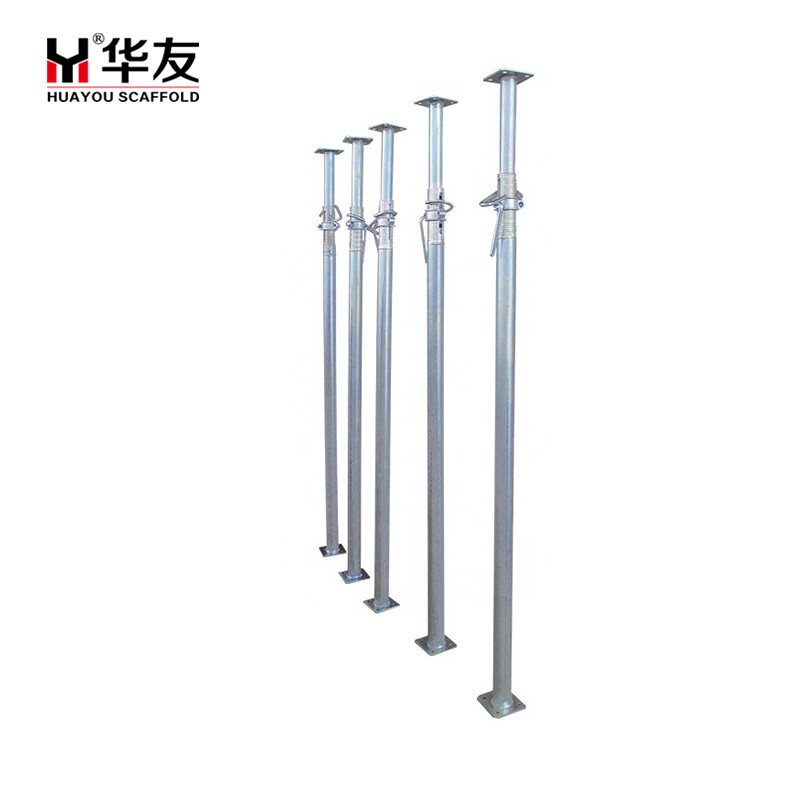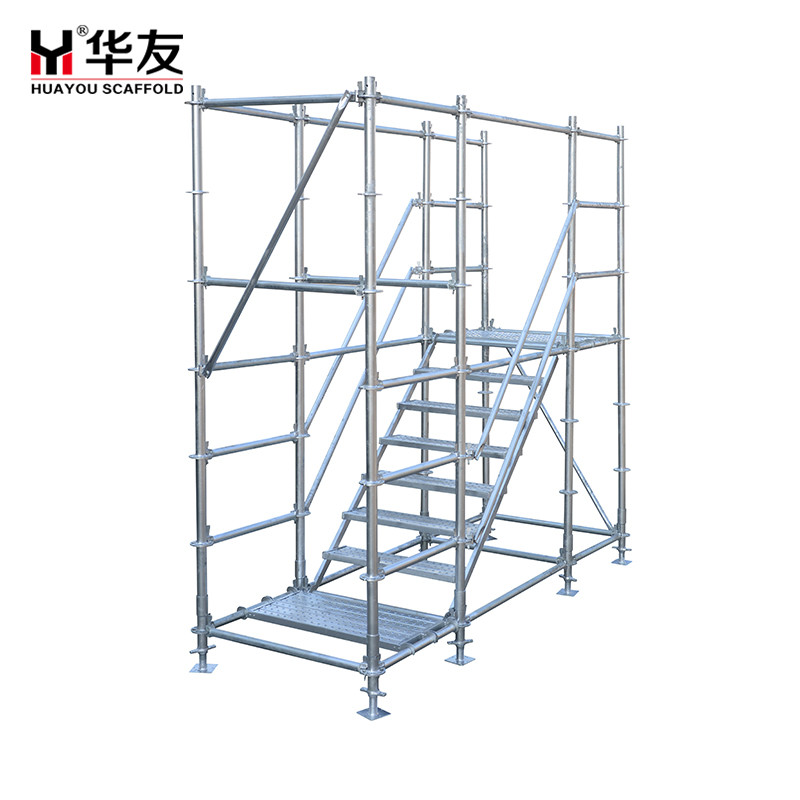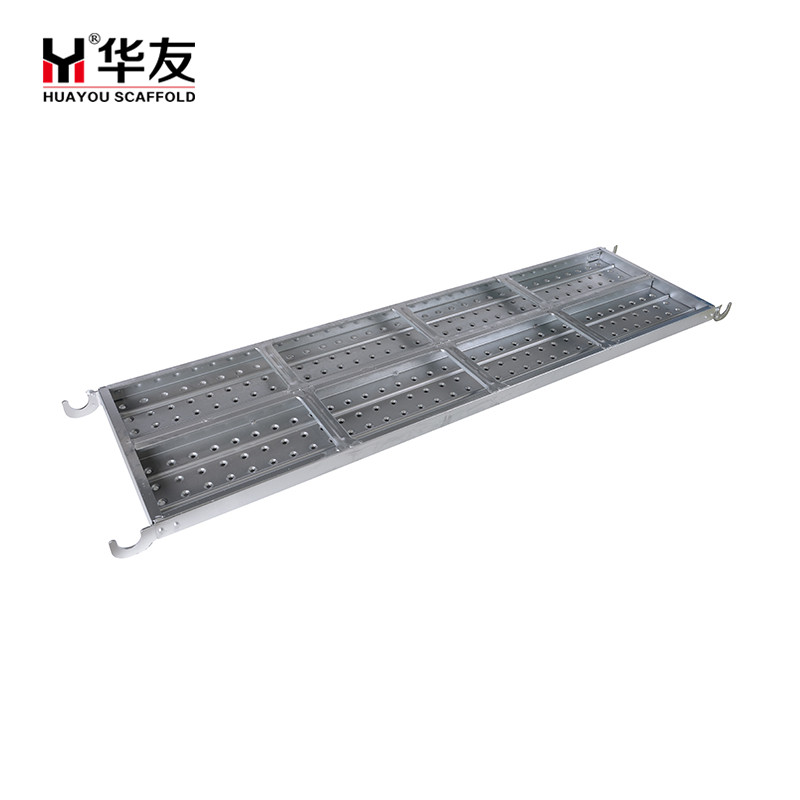Scaffolding refers to the various supports erected on the construction site to facilitate workers to operate and solve vertical and horizontal transportation. The general term for scaffolding in the construction industry refers to the supports erected on the construction site for external walls, interior decoration or places with high floor heights that cannot be directly constructed in order to facilitate the workers to work up and down or peripheral safety nets and high-altitude installation components. The materials for scaffolding are usually bamboo, wood, steel pipes, or synthetic materials. Some projects also use scaffolding as a template. In addition, they are also widely used in advertising, municipal administration, transportation, bridges, and mining. The application of scaffolding is different for different types of engineering construction. For example, buckle scaffolding is often used in bridge supports, and portal scaffolding is also used. Most of the floor scaffolding used in the construction of the main structure is fastener scaffolding.



Compared with the general structure, the working conditions of scaffold have the following characteristics:
1. The load variation is relatively large;
2. The fastener connection node is semi-rigid, and the size of the node rigidity is related to the fastener quality and installation quality, and the performance of the node has great variation;
3. There are initial defects in the scaffolding structure and components, such as the initial bending and corrosion of the members, the size error of the erection, the eccentricity of the load, etc;
4. The connection point with the wall is more restrictive to the scaffolding.
The research on the above problems lacks systematic accumulation and statistical data, and does not have the conditions for independent probabilistic analysis. So the value of the structural resistance multiplied by an adjustment factor of less than 1 is determined by calibration with the previously used safety factor. Therefore, the design method adopted in this code is essentially semi probabilistic and semi empirical. The basic condition of design and calculation is that the adjustable scaffolding meets the structural requirements in this specification.
Post time: Jun-03-2022




